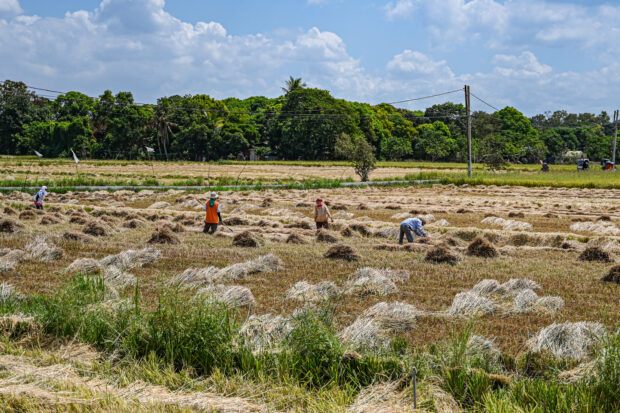Farmers work in a rice field in Bulacan on April 24, 2024. (AFP) The Philippines is once again the world’s largest rice importer, projected to import 4.1 million metric tons (MMT) this year, surpassing last year’s import of 3.
9 MMT. This projection, made by the United States Department of Agriculture (USDA), raises concerns and questions about the country’s rice supply and consumption practices, despite the Department of Agriculture’s (DA) claims that the impact of El Niño on rice production is minimal. Is there a rice shortage? Despite the ongoing El Niño phenomenon, the DA asserts that rice production remains strong.

However, rice traders are purchasing unmilled rice, or palay, at prices up to P30 per kilogram, significantly higher than the National Food Authority (NFA) rates. This delay in NFA’s response to market conditions resulted in missed opportunities to stabilize prices earlier in the harvest season. If the effects of El Niño are indeed minimal, why is there a need to import such a large quantity of rice? The discrepancy lies in the data used to calculate rice demand.
The USDA’s figures are based on a per capita consumption rate of 151.3 kg, which should be recalibrated to a more realistic 119 kg per capita. Using the latter figure, the national rice demand would be around 13.
09 MMT, rather than the inflated 16.643 MMT. Current rice yield and deficit Even accounting for El Niño, the DA reports that rice yields remain relatively unaffected, with a.























